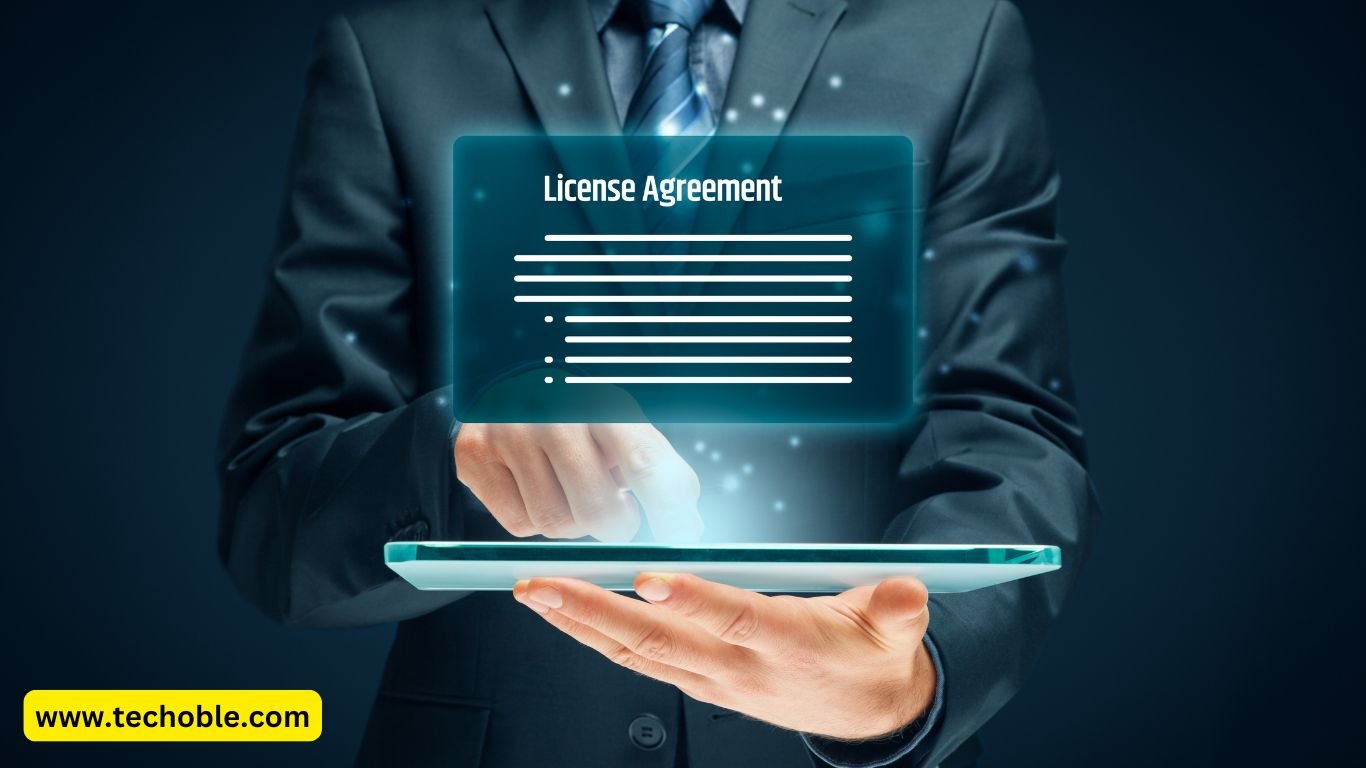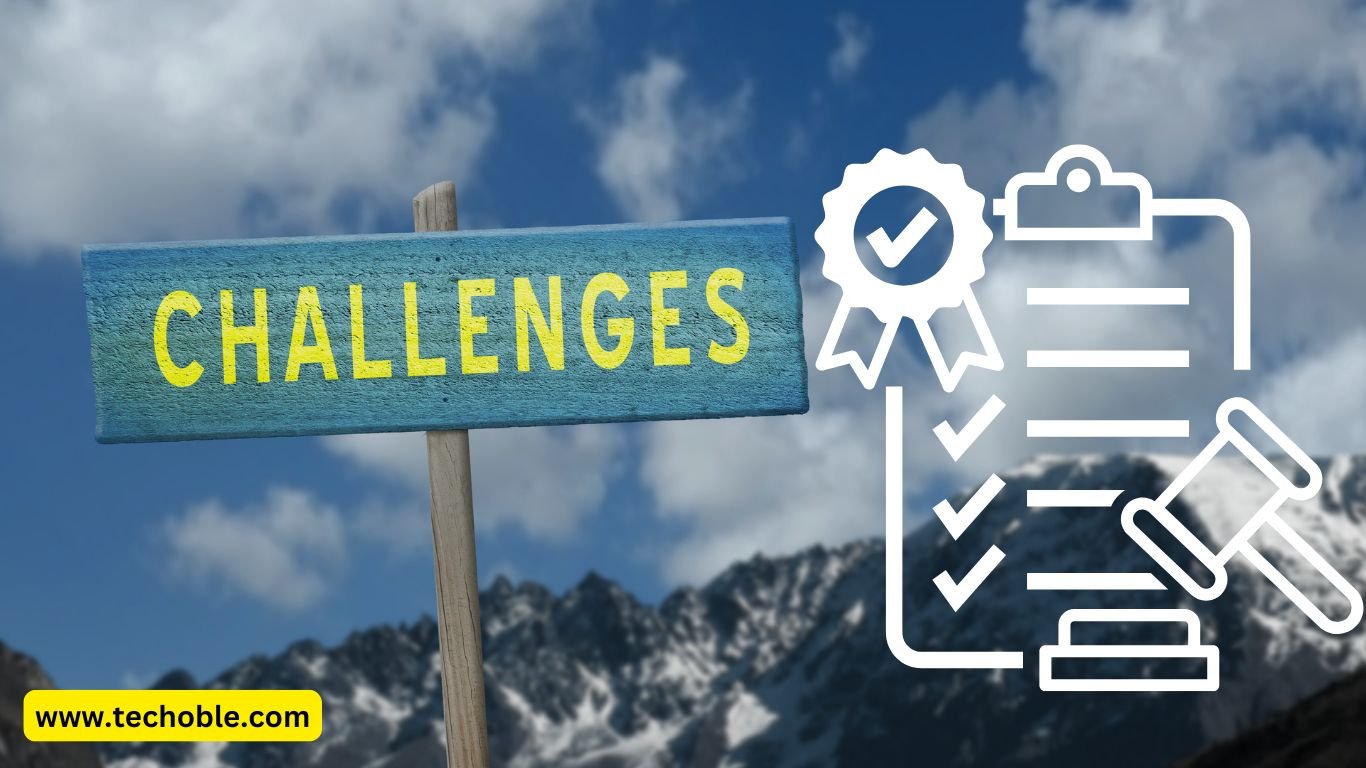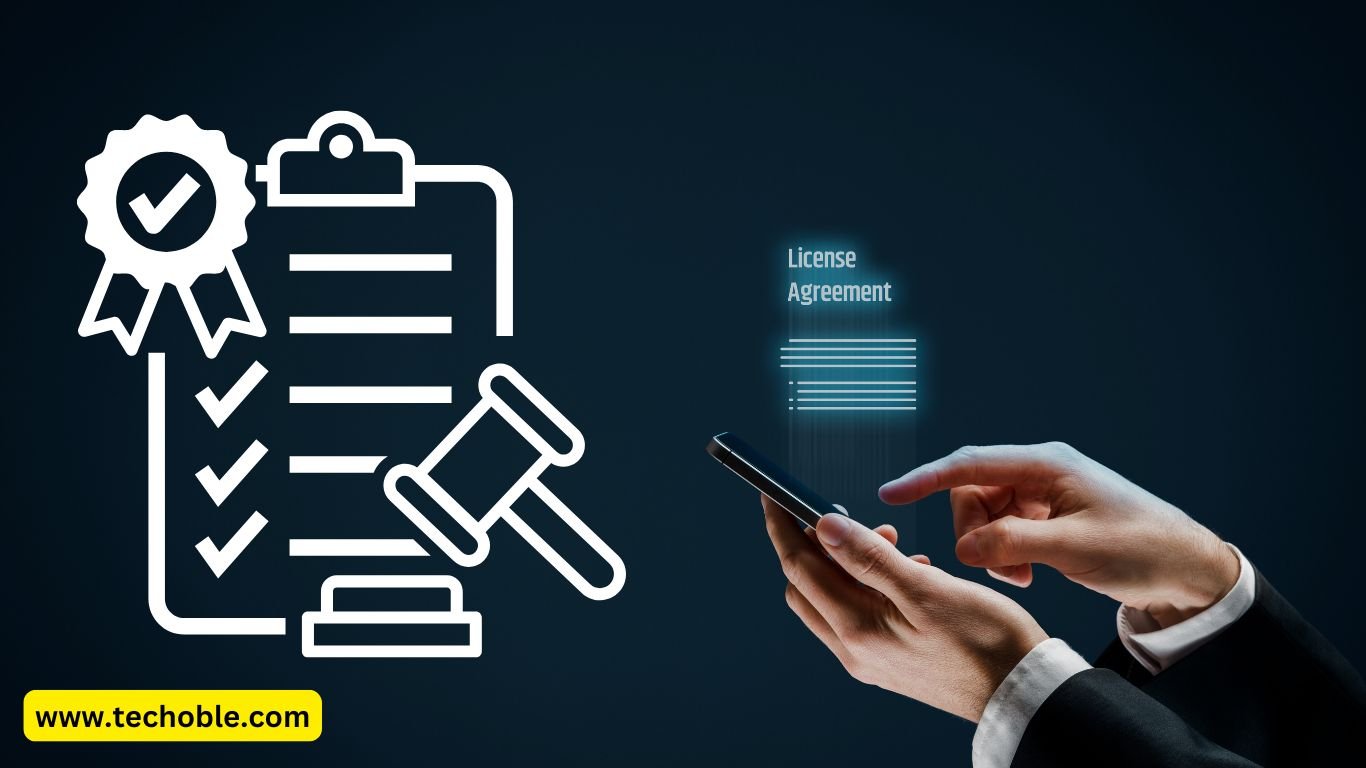 Software licensing grants users legal rights to use software in specific ways, set by the software creator. Compliance with these licenses is crucial for avoiding legal and financial risks. For businesses and individuals, software licenses are contracts that outline permissions and restrictions on software use, and non-compliance can result in hefty fines and legal issues.
Software licensing grants users legal rights to use software in specific ways, set by the software creator. Compliance with these licenses is crucial for avoiding legal and financial risks. For businesses and individuals, software licenses are contracts that outline permissions and restrictions on software use, and non-compliance can result in hefty fines and legal issues.
In 2025, staying compliant is more important than ever. With increasingly complex systems, a “one-size-fits-all” approach is no longer effective. Companies must adapt to diverse licensing models and ensure that all software is managed within the legal boundaries set by providers.
Understanding Software License Compliance
Software License Compliance Meaning
Compliance means adhering to the terms outlined in a software license. This can include:
- Following usage limits (e.g., number of users or devices)
- Paying required fees
- Ensuring software is only used in specified environments
For businesses, software license compliance requirements can vary significantly. Compliance is about ensuring that each piece of software is tracked, managed, and used according to its license, preventing legal and financial penalties.
Key Compliance Terms to Know
- Licensing Model: How software is sold, priced, and distributed.
- License Usage: The ways the software can legally be used.
- License Audit: Review of a company’s software licenses to ensure compliance.
Key Software Licensing Models and Examples
Understanding licensing models is critical to software license compliance jobs and helps ensure companies avoid costly errors.
Types of Licensing Models
- Perpetual License: A one-time fee gives users indefinite access to the software, although support and updates may require renewal.
- Example: A commercial software license for Microsoft Office.
- Subscription License: Software is accessed via a monthly or yearly subscription, common in cloud-based tools.
- Example: Adobe Creative Cloud Suite.
- Concurrent Licensing: Allows a specific number of users to access the software at the same time, often used in specialized software environments.
- Freemium: The basic software is free, with charges for advanced features.
The 4 Main Types of Software Licenses
“What are the 4 types of software licenses?” This question is fundamental to understanding licensing. The types of licenses reflect the diversity in software usage and distribution.
- Public Domain: No copyright, anyone can use or modify freely.
- Permissive Licenses: Minimal restrictions, allowing modification and redistribution, often seen in open-source software.
- Copyleft Licenses: Modifications to software must be distributed under the same license.
- Proprietary Licenses: The software creator retains full control; users only have access under specific terms.
Each type requires unique compliance efforts. For instance, a proprietary license may limit installations to certain devices, while a permissive license may allow wider use.
Challenges in Software License Compliance

As companies grow, software usage can become difficult to monitor. Here are common compliance challenges businesses face in 2025.
a) Complex Licensing Terms
License agreements are often lengthy and complex. Understanding all conditions, including data use restrictions and geographical limits, can be challenging, especially for large organizations.
b) Multi-Cloud and Hybrid Environments
With many businesses adopting multi-cloud or hybrid strategies, ensuring compliance across different platforms is complicated. Each cloud provider may have unique compliance requirements.
c) Data Privacy and Security
Privacy laws such as GDPR can affect software licensing, particularly when software handles personal data. Companies need to ensure that both license and regulatory requirements are met.
d) Remote Work
A remote or hybrid workforce adds complexity. Software used at home must comply with licenses, which may specify workplace-only use.
“Software licensing compliance is not just a legal requirement; it’s a key element of operational efficiency in the modern workplace.” – Software Compliance Expert
Best Practices for Software License Compliance
Staying compliant can protect businesses from costly errors. Here are the best practices that organizations should adopt in 2025:
1. Implement Automated License Management
Using automated tools helps track license usage and ensure compliance by monitoring real-time data.
2. Conduct Regular License Audits
Frequent audits can uncover unauthorized usage and help companies adjust their license needs.
3. Train Employees on License Compliance
Training is crucial for compliance. Employees need to understand license restrictions and avoid accidental violations.
4. Communicate with Vendors
Frequent communication with software providers helps stay updated on any changes in licensing terms.
Table: Compliance Practices for Different Licensing Models
| Licensing Model | Compliance Practice | Example |
|---|---|---|
| Perpetual License | Regular audits, monitoring support renewals | Microsoft Office |
| Subscription License | Track monthly/annual usage limits | Adobe Creative Cloud |
| Concurrent Licensing | Set user access limits, ensure rotation | Specialized Engineering Software |
| Freemium | Monitor paid feature usage | Free apps with in-app purchases |
Technology and Tools for License Management
 Managing software license compliance requires the right technology. Here are some tools that companies use to stay compliant in 2025:
Managing software license compliance requires the right technology. Here are some tools that companies use to stay compliant in 2025:
- License Management Software: Tools like Flexera and ServiceNow help companies track usage and manage licenses effectively.
- Automated Audits: Platforms that automate the auditing process make it easier to identify potential issues.
- Data Analytics: Analytics tools help predict licensing needs, reduce overspending, and ensure compliance.
- Machine Learning (ML) Solutions: ML models can identify compliance risks and suggest corrective actions.
Emerging Trends in Software Licensing Compliance
In 2025, software licensing is evolving. Here are some of the most important trends to keep in mind:
a) Increased Flexibility in Licensing Models
Businesses are looking for licensing models that can adapt to changing needs. Expect to see more subscription-based and usage-based models.
b) AI-Driven Compliance
Artificial Intelligence is starting to play a significant role in compliance. AI tools can automate license tracking, predict compliance risks, and flag potential issues before they become problems.
c) Blockchain for Transparency
Blockchain technology is being explored for software licensing, allowing secure, transparent tracking of software usage and compliance.
d) Sustainability in Software Licensing
Companies are seeking greener solutions, including software licensing that supports efficient use and reduces waste.
“Software licensing models in 2025 are all about flexibility and user control. The future of compliance will rely on predictive analytics and transparent tracking.” – Licensing Model Specialist
Software licensing compliance isn’t just a legal obligation; it’s an essential part of business operations. From understanding the types of licenses and compliance terms to keeping up with new trends, organizations must be proactive. By following best practices, using advanced tools, and staying informed on licensing models, businesses can avoid costly penalties and operate smoothly in 2025 and beyond.
Staying compliant doesn’t have to be overwhelming. With automated tools, regular audits, and clear communication, companies can manage their licenses effectively. As the software landscape evolves, so should your approach to licensing compliance—embracing both flexibility and precision.